

It’s 2020 and high time we stop minimizing mental health issues. So why do so many people joke about having seasonal affective disorder? Sometimes universal emotions like sadness are likened to the symptoms of mental illness, which really doesn’t help us understand, connect, or seek treatment when we’re suffering.
It’s important to clarify and understand this first: Sadness is a normal human emotion.
We experience sadness our entire lives and will continue to for our remaining time on earth. We tend to be sad about something—triggered by an event, a circumstance, a thought. This also means that the state of being sad changes; it comes and goes with time once we’ve processed the triggering event. But sadness on its own is different than a more serious mental health disorder. Yes, it is a huge bummer when the holiday season ends, but a prolonged state of depression that begins to occur as we march toward the shortest day of the year? That’s more serious than sadness alone.
Depression—and in the case of this essay, seasonal affective disorder—is not a normal emotional state. It’s a mental illness that changes all sorts of important functions like how we think, how we process emotions, how we perceive what is going on around us. The difference between depression and SAD is that the latter usually begins and ends around the same time of year. Some of us never fully pull out of the depression; it just has the potential to get less severe over time. And it’s important to keep in mind that your episode of SAD could also begin in the spring and lessen as the winter months approach—it doesn’t only occur in the winter months.
“Most of us experience the winter blues more or less to a degree,” says Angelos Halaris, M.D., Ph.D., a psychiatrist at the Loyola University Medical Center in Chicago. “We suffer from what’s called cabin fever—a low mood, not too much energy to get anything done; we’re looking forward to March and April when hopefully spring will be in the air.”
But clinical SAD is different—it can make it hard for us to function to the point where it interferes with our ability to maintain routines and day-to-day life. “The person with clinically significant seasonal depression doesn’t want to get out of bed. … There’s a true loss of energy,” Halaris explains, which is often coupled with feelings of helplessness and hopelessness.”
According to the Mayo Clinic, signs and symptoms of SAD may include:
- Feeling depressed most of the day, nearly every day
- Losing interest in activities you once enjoyed
- Having low energy
- Having problems with sleeping
- Experiencing changes in your appetite or weight
- Feeling sluggish or agitated
- Having difficulty concentrating
- Feeling hopeless, worthless or guilty
- Having frequent thoughts of death or suicide
Depending on the severity of your case, there are a handful of things you can do to minimize its effect on daily life. And please remember to consult your doctor or a mental health professional if your particular case of SAD doesn’t feel like something you can manage on your own. There’s absolutely no shame in reaching out for help.
4 Ways to Deal with SAD
Connect with a person who makes you feel safe, seen, and understood.
It might feel counterintuitive, considering if you are suffering from SAD, leaving the house can feel like a monumental task. Keep in mind that connecting with a friend doesn’t mean you have to push yourself beyond your comfort zone. Think about how and with whom these interactions would feel most comfortable and safe and don’t be afraid to ask your friends to come to you.
Connecting with someone else gives us a bit of a reminder that life is still happening outside of the cloud in our heads. It can be a small moment that helps you remember life wasn’t always a slog, and that you have people in your life who care about you.
Connecting with someone else gives us a bit of a reminder that life is still happening outside of the cloud in our heads. It can be a small moment that helps you remember life wasn’t always a slog, and that you have people in your life who care about you. It’s important to be kind to yourself and to not extend an invitation to someone with whom you have a history of blurred boundaries. There should be little expectation that you need to “be chipper” or anything other than your authentic self when you are with them.
Practice light therapy.
One of the most effective ways to manage mild to moderate cases of SAD, light therapy lamps are simple to use. While doing research for this post, I found information via Michael Craig Miller, M.D., on the Harvard Health Blog to be helpful in understanding the benefits and risks of using light therapy:
“If lack of sunlight causes or contributes to seasonal affective disorder, then getting more light may reverse it. Bright light works by stimulating cells in the retina that connect to the hypothalamus, a part of the brain that helps control circadian rhythms. Activating the hypothalamus at a certain time every day can restore a normal circadian rhythm and thus banish seasonal symptoms.
Light therapy entails sitting close to a special “light box” for 30 minutes a day, usually as soon after waking up as possible. These boxes provide 10,000 lux (“lux” is a measure of light intensity). That’s about 100 times brighter than usual indoor lighting; a bright sunny day is 50,000 lux or more. You need to have your eyes open, but don’t look at the light. Many people use the time to read a newspaper, book, or magazine, or catch up on work.
Although light therapy is at least as effective as antidepressant medications for treating seasonal affective disorder, it doesn’t work or isn’t appropriate for everyone. Some people need more light or brighter light. Others can’t tolerate bright light—in people with bipolar disorder, for example, it can trigger hypomania or mania. And even though the risk of eye damage from bright light is low, anyone with diabetes (which can damage the retina) or pre-existing eye disease should check with a doctor before trying light therapy.
In efforts to make light therapy more effective, researchers are looking to improve it in various ways. One approach is creating light boxes that simulate dawn and sunrise, gradually increasing in intensity from darkness to 300 lux. Another involves using lower intensity blue light, which has a more powerful effect on the retina than white light.”
Find opportunities to connect with your body.
A five-minute walk, some light stretching or gentle yoga, or even putting your hand on your chest and focusing on your breath can have a great impact in connecting what’s happening in your head to how your body is feeling. Exercise is a great way to help prevent SAD, and it doesn’t take more than twenty minutes of light exercise a day to feel better.
Eat more plants.
We often turn to comfort food when looking for a feeling of relief during the winter months, including lots of creamy, cheesy, starchy, or sugary snacks, but those aren’t typically the foods that make us feel better beyond the moment.
This time of year in particular, vegetable-based soups and curries are a favorite for me. They’re comforting, filling, and good for you. Roasted potatoes, apples, and pears all give you a feeling of fullness without messing with your blood sugar or adding too many unnecessary calories.
If you’re someone who experiences SAD, this time of year can be tough. While SAD is a very tangible reality for many of us, there are things we can do to help alleviate the symptoms. In extreme cases, relocating or taking a trip to an environment that is better suited to your physical health may be something to consider.
Keep going, take care of yourself as best you can, and reach out to a professional if and when you need additional support. We’ve got this.


Kate is the founder of Wit & Delight. She is currently learning how to play tennis and is forever testing the boundaries of her creative muscle. Follow her on Instagram at @witanddelight_.
BY Kate Arends - January 27, 2020
Most-read posts:
Did you know W&D now has a resource library of Printable Art, Templates, Freebies, and more?
take me there
Get Our Best W&D Resources
for designing a life well-lived
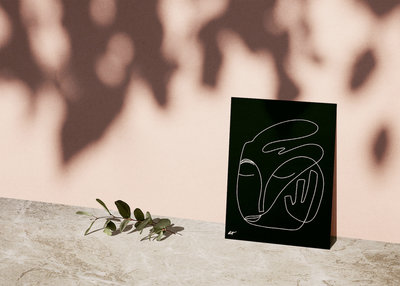

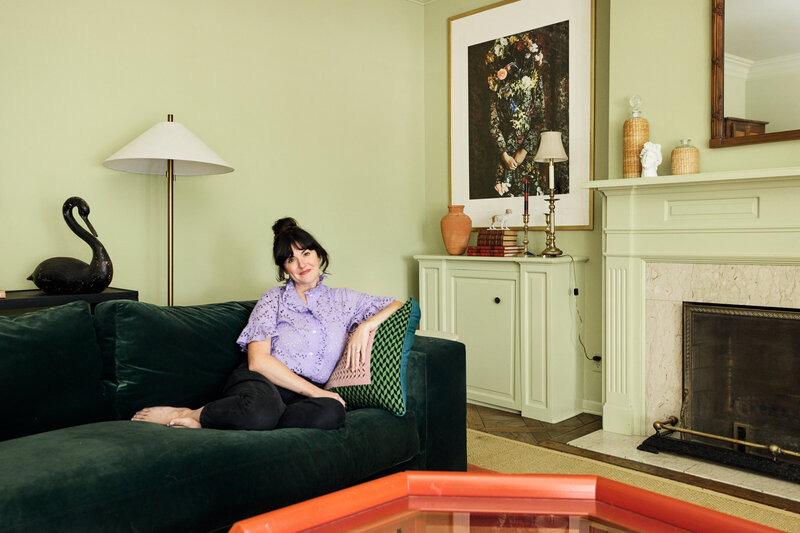

Thank you for being here. For being open to enjoying life’s simple pleasures and looking inward to understand yourself, your neighbors, and your fellow humans! I’m looking forward to chatting with you.
Hi, I'm Kate. Welcome to my happy place.


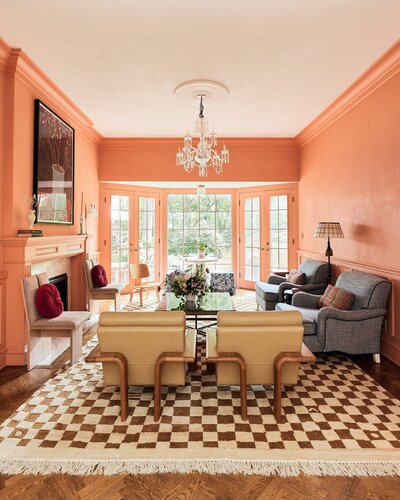

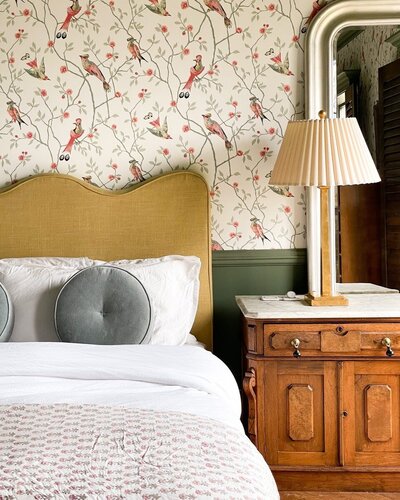







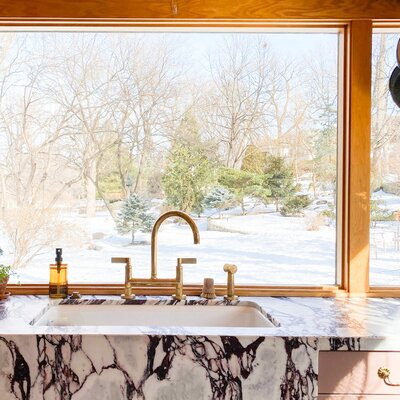
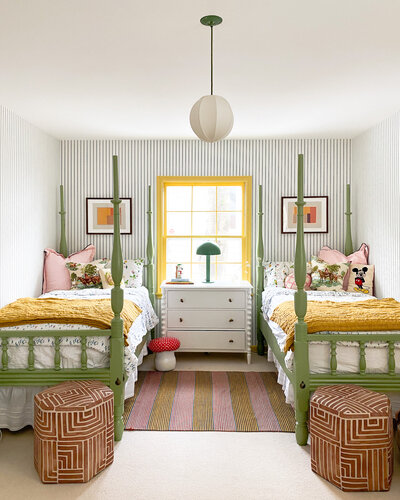
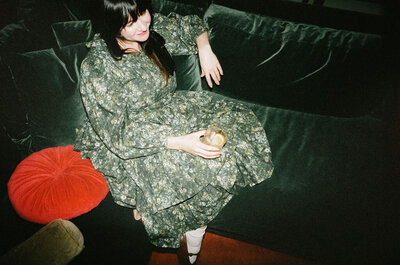

Very good advice about a person who provides a sense of security. BUT what to do if I do not have such a person ((((
Thanks for your comment, Sheri! Even if you don’t feel like you have that specific person in your life, could you reach out to a friend or coworker who could provide a feeling of connection in your day-to-day, even if it’s just through text or a phone call? I also might recommend connecting with a professional or a therapist if you’re looking for someone to talk to openly about where you’re at (I’ve been there, too!).
Something I started doing last year that had a huge impact was taking an iron supplement and taking a Vitamin D supplement as soon as the days started to shorten. I would soak myself on the weekends but with shorter days, I found I just wasn’t getting enough. Light therapy + vitamin D was a game changer.
Thanks for sharing, Jess!! We’ve all gotta find the solutions that work best for us when the shorter days of winter fall upon us. I’m glad you found what works for you!